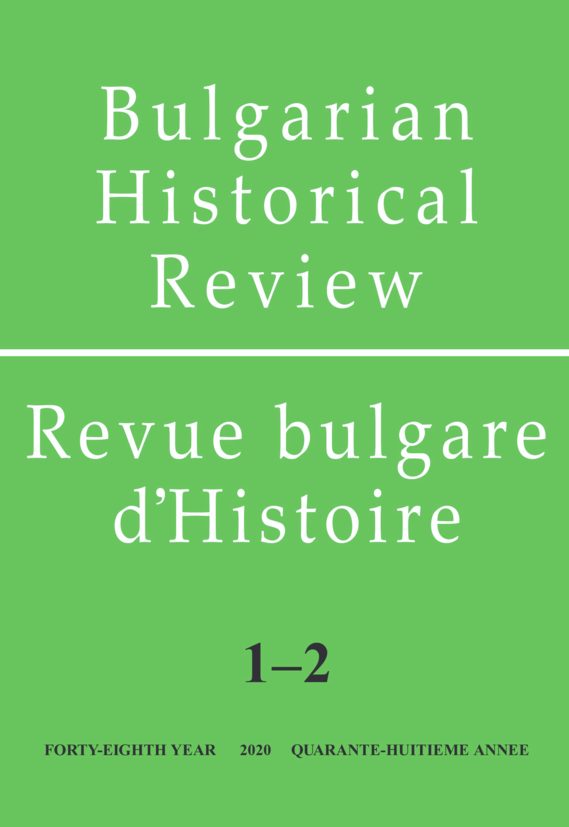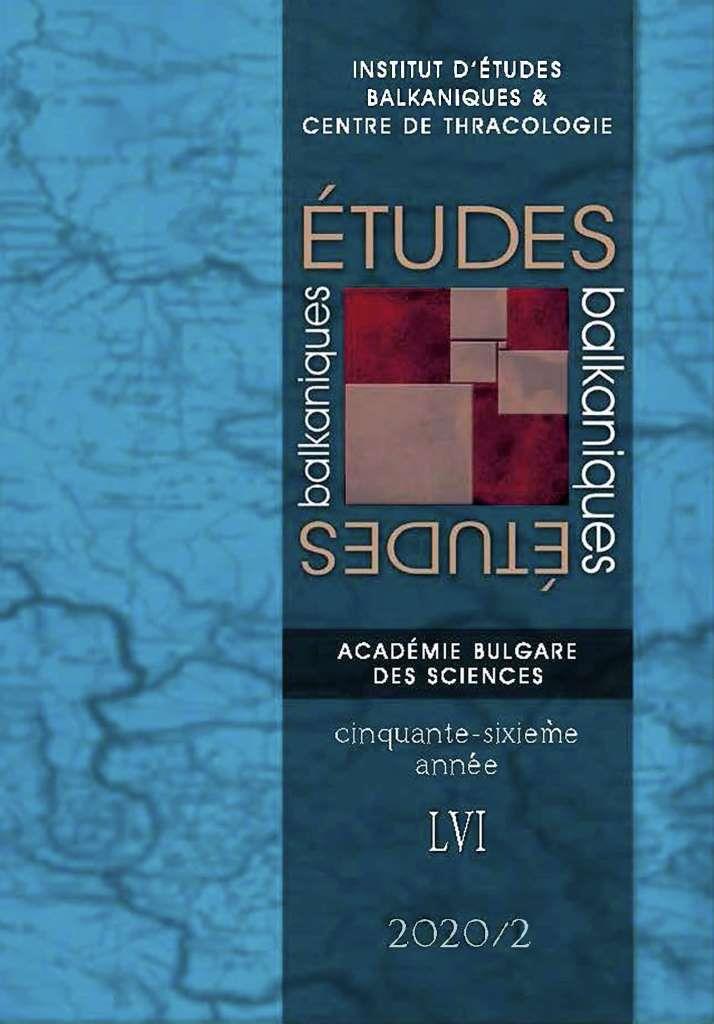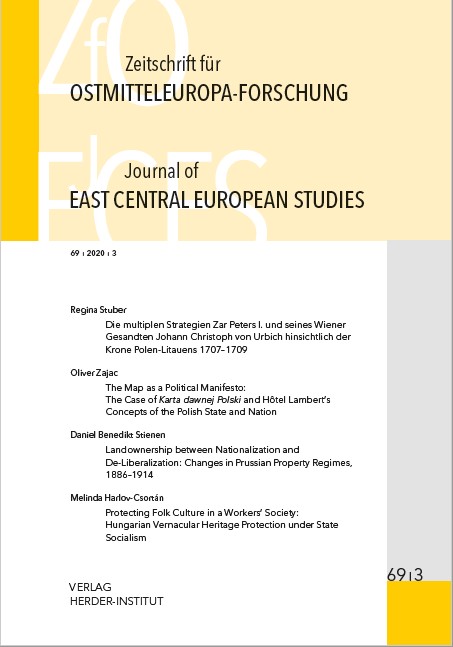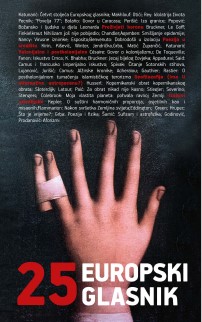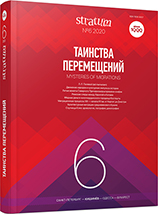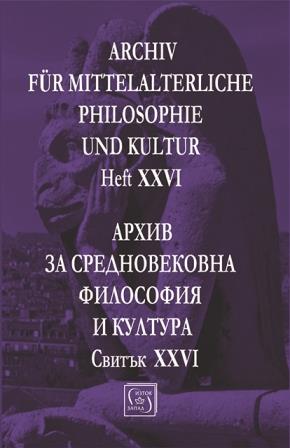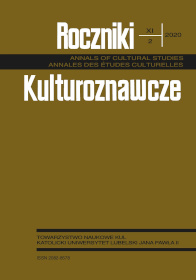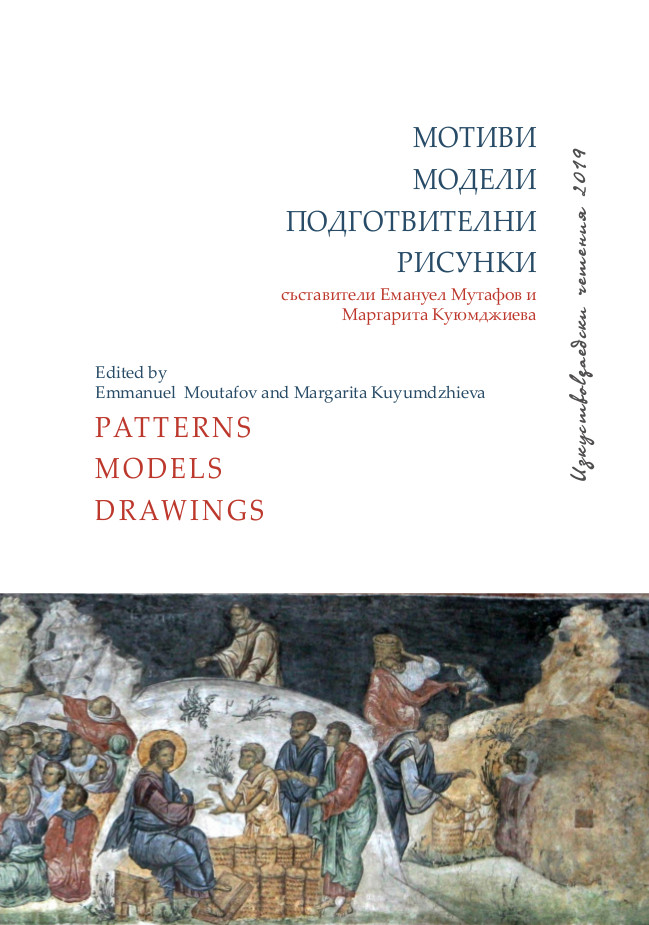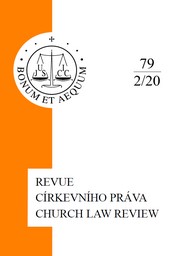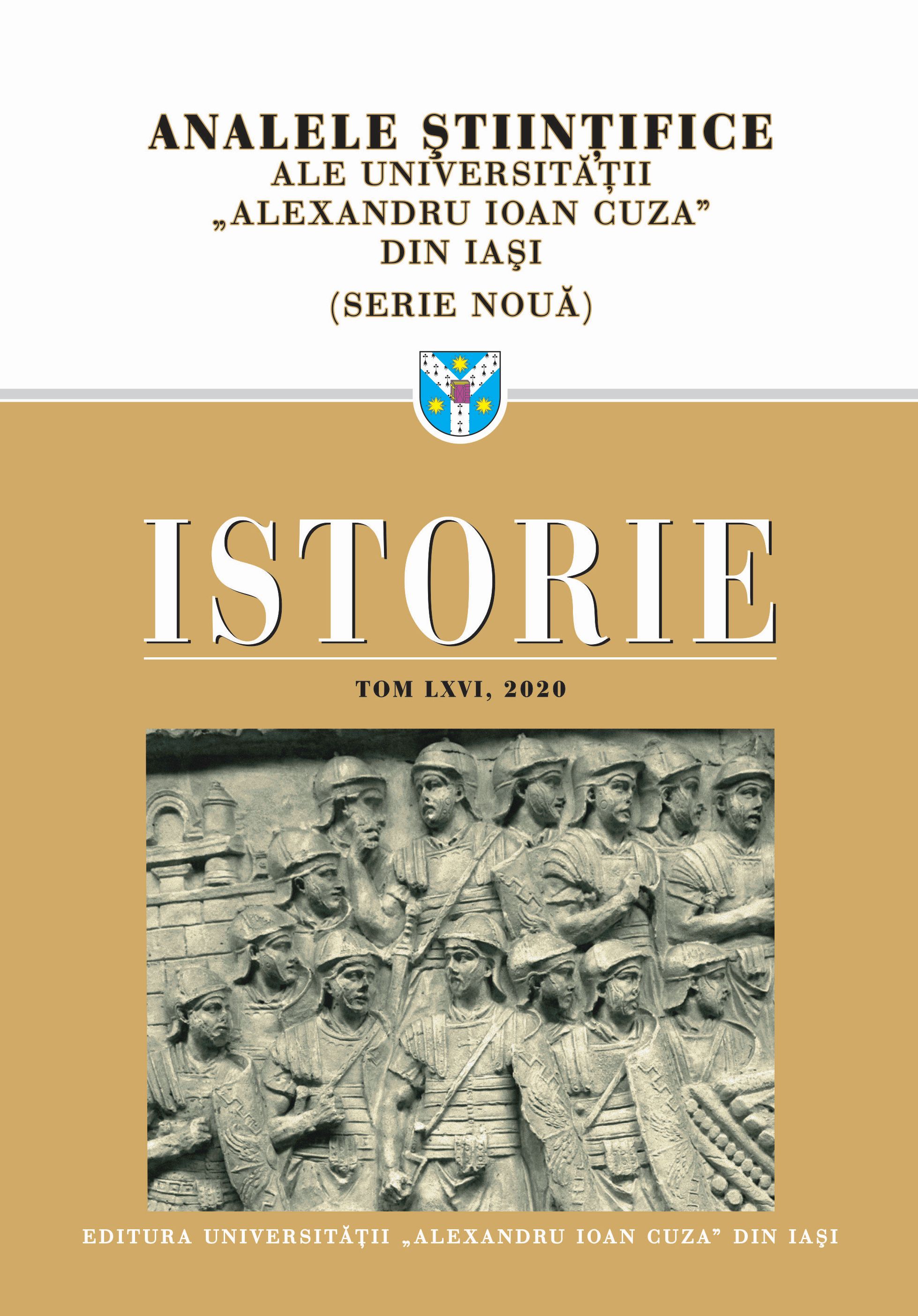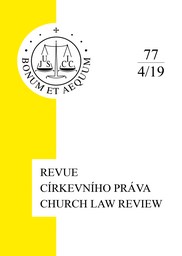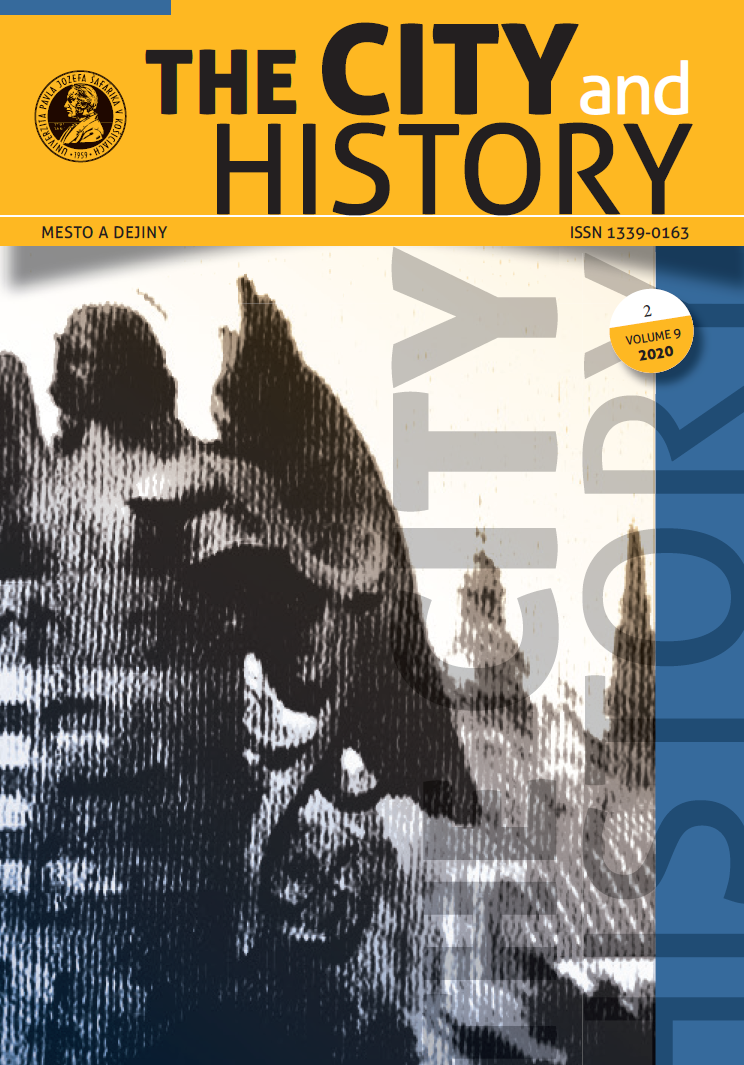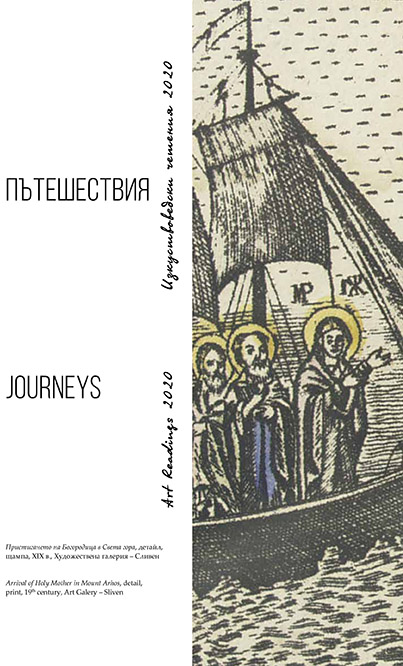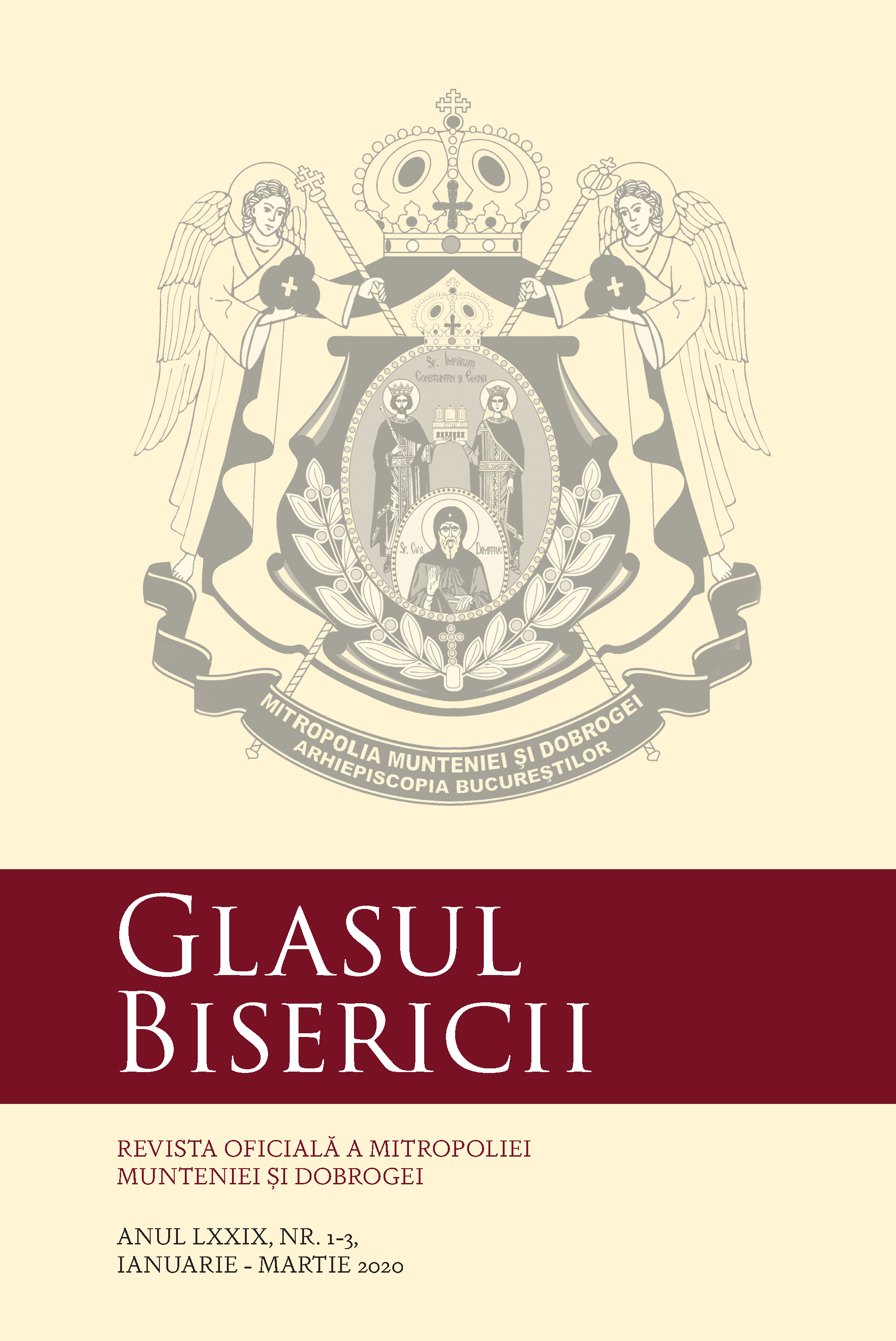Author(s): Maria Magdalena Székely / Language(s): English
Issue: 66/2020
O samă de cuvinte (Sundry Tales) is a collection of historical tales, varying in number from one manuscript text to another, written by the former first chamberlain of Moldavia, Ion Neculce († 1745), a work its author placed as a preamble to his chronicle, Letopiseţul Ţării Moldovei de la Dabija vodă până la a doua domnie a lui Constantin Mavrocordat (The Chronicle of Moldavia from Prince Dabija to the second reign of Constantine Maurocordatos). This work is unusual in Romanian historical literature in terms of style and genre and has already been the focus of scholarly attention in Romania. Despite what has already been written, the author of this study demonstrates that the events Ion Neculce narrates in Sundry Tales do not belong to folklore, but to social memory, in other words to the dissemination of traditions. It is worth remembering that history begins where tradition trails off, where social memory fades or breaks apart. Under the pen of the Moldavian chamberlain tradition, listened to and heard previously, became historical evidence, a document incorporating memory made available for future generations to read and consult. During this process of transformation, the text acquired a stable form, it was no longer subjected to major interventions, and its content inspired a sense of permanence.With minor exceptions, Ion Neculce’s “tales” did not draw on a single set of sources. Oral communication and direct experience combined with old chronicles, complementing and sustaining each other in a work of a truly exceptional character. Neculce gave written expression to traditions which had survived in individual or group memory and had been transmitted predominantly via oral channels. In other words, he made the transition from memory to written records, a process which had started earlier in Western cultures. Yet, despite the time lag, the theoretical and methodological approaches of West-European scholars seem to offer promising avenues for the understanding of the meanings of a narrative written in early 18th-century Moldavia.Family traditions or traditions created and preserved in lay or monastic communities became pockets of resistance in the construction and maintenance of identity. Neculce extracted each of them from their local context and wrote them down, thereby completing the lengthy process of transition from personal memory to literature and from individual experience to historical event. In so doing, he implicitly caused a shift in the target audience of the narratives: whereas oral accounts had been addressed directly to a well-defined listener in a semi-literate society, the written tales engaged with a more diffuse, but more highly literate, audience. Ultimately, the writings of the Moldavian chamberlain created an official memory which became stable and endured because it drew on written records rather than on fluid oral contributions. In addition, we have found out that the Sundry Tales sits at the intersection of several temporal, historiographical and literary dimensions, a structure which fits the, by now classical, definition of Pierre Nora: Ion Neculce’s writing can indeed be read as a site of memory in Romanian culture.
More...
